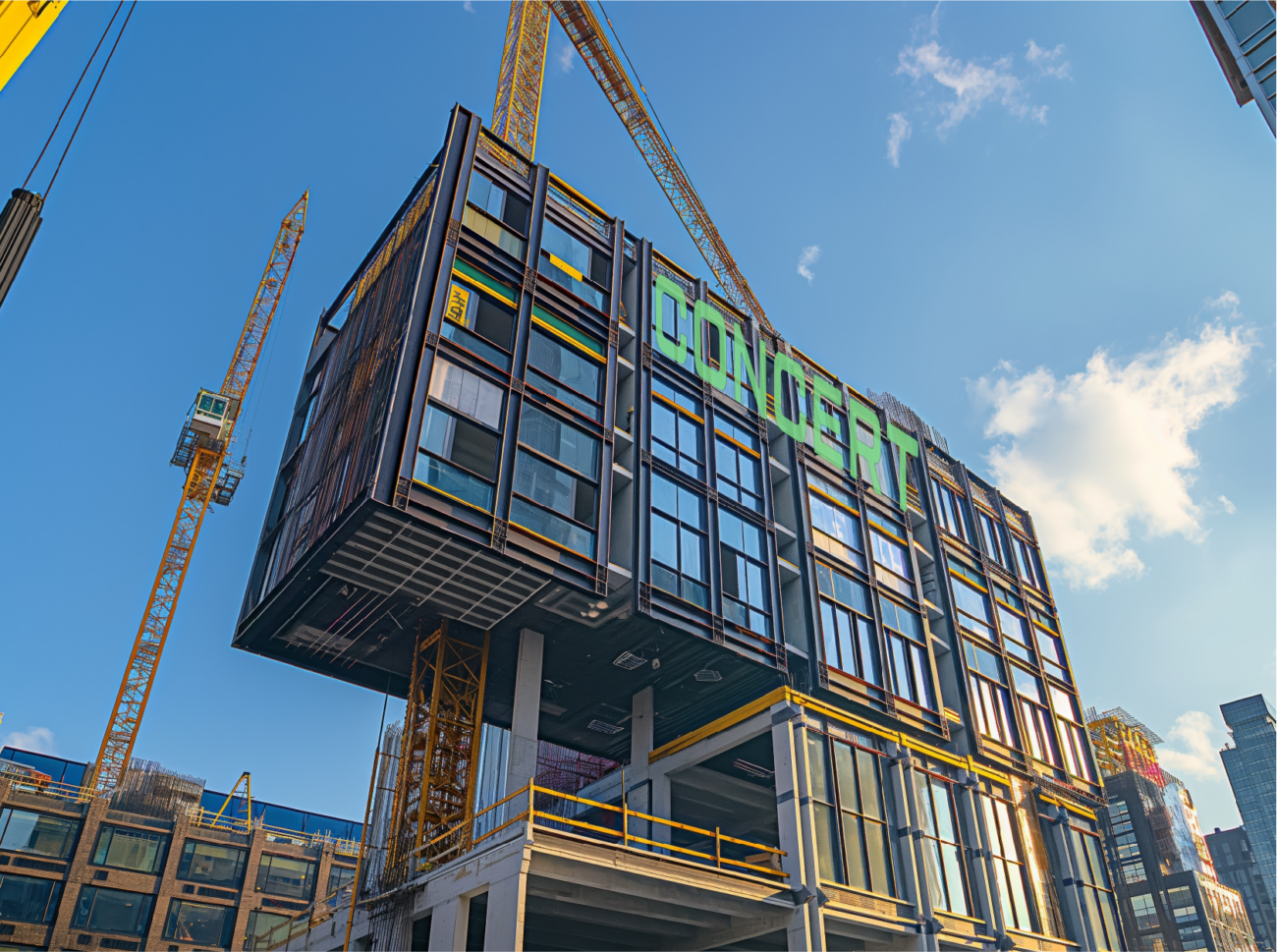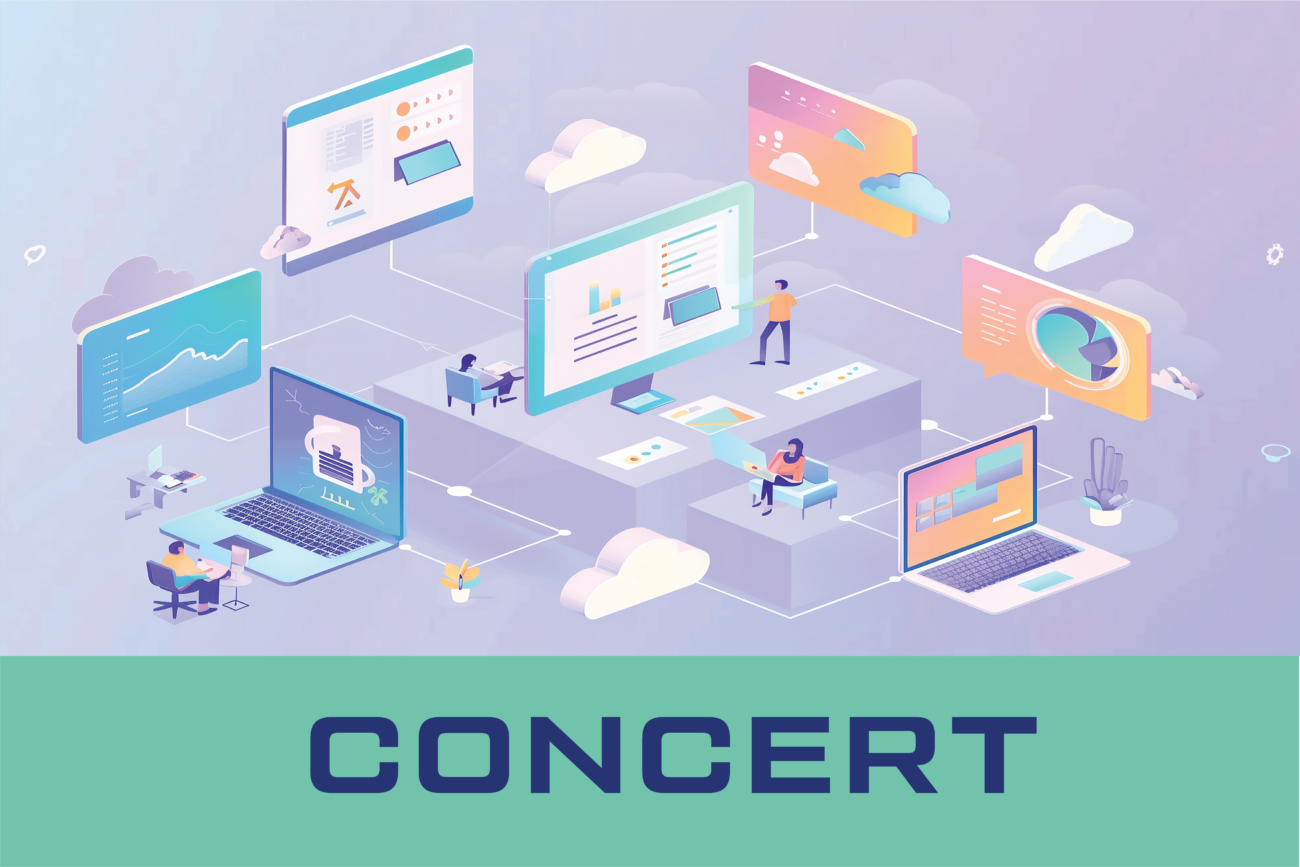By Tim Dufault, FAIA
Concert CRO
It seems like such a simple thing – communicate what we need, the value we deliver, and what we expect from another party. As the leader of a large architecture firm for 15 years, it was the hardest part of my job – day after day. Whether collaborating with my clients, my partners, or our team; getting everyone on the same page at the same time can seem like an unimaginably impossible task. The old telephone game we played as kids never falls far from the reality of communication in the real world.
So, what creates these troublesome breaks in communication? In my experience, it is the result of three remarkably simple constructs:
- Preconception/misconception
- Bias – conscious or unconscious
- Clarity, or lack thereof
In the design and construction ecosystem, these are the core issues we deal with as you move the design idea from concept to full realization. Every communication problem which led to a larger conflict, stems from a combination of these three breaks. Creating mechanisms to improve that communication system will, inevitably, improve the performance of the system. Let us look at each issue independently and how we might mitigate its effects.
Preconception/Misconception – If I describe a color as “sky blue,” what blue do you think of? You might envision a bright, Cerulean blue. Others might envision Azure blue or even a deep Indigo. A painter will envision not one blue, but a gradation of 100’s of blues. The blue in the Arctic or Antarctic sky is vastly different than the blue of the equatorial regions. So, our perception of the color I am referencing can be misconceived from what I am trying to describe, even though the common belief is everyone “knows” what sky blue is! Language is one of the biggest generators of preconceptions, because we all base our understanding of the world, and the words used to describe it, on the experiences we’ve had throughout our lives. In design, we deal with situations where what we believe to be common understandings are, in fact, not common at all. Therefore, creating a mechanism where we can openly share information, in its original form, and allowing the receiver of that information to make their own interpretations, can be a valuable part of breaking down preconceptions and preventing misconceptions from forming. Allowing the author to share the information in its full context supplies the consumer of that information a better opportunity for understanding.
Bias – There is an adage in the behavioral sciences: nature or nurture – which is more important? The reality is, they both shape us. Bias that shapes our interactions form from our direct experiences and exposures. To be clear, if I am facing a life-or-death situation, my bias towards fight or flight may be less influenced by nurture then by the built in physical and chemical responses that will cause my body to react. But how we perceive a problem, a statement, a person, or some other input comes from what we know or have experienced in other interactions we’ve had – good or bad. This bias, which is real and not necessarily a negative, is rarely recognized for what it is – a barrier to change. If we shift our understanding of bias to recognize it as real, is part of our decision processes, and is simply another input in the information chain, then we can use the value of past learning, which created the bias, to generate new outcomes. This is the focus of behavioral training aimed at breaking unconscious bias in HR systems. The design process tries to do the same by celebrating those past learnings and using them as context for new activities and outcomes. Take, as an example, our built-in bias towards familiarity. If, as a designer, I ask you “What do you need from your new space”, 99% of the time, the response will be “What I already have just larger with more storage”, which is not about solving the underlying problem but simply reverting to what we know and are familiar with. However, if I ask you “How do you use what you have today and what can’t you do that you want to do moving forward”, the answer will net a much different result – a result based on your context, but shaped in ways that create a new context that will work better. In this way, bias becomes context, which shapes outcomes to create new behaviors, which will create new biases, but arguably in a positive way.
Clarity – Language is made up of many layered meanings. In most languages, words have multiple uses and meanings depending on the source, context, and attribution. This stands as the largest challenge in effective communication. Being clear with your intent in design communication is the most important and difficult part of the process. In the earlier example, what was my intent by saying “sky blue”? If I was trying to describe a shade of blue, then I should have used a simpler, and clearer illustration such as “Indigo blue” because that has a clear, recognized definition of what it describes. If my intent was to argue that light, refracting through the atmosphere is bent to result in mostly blue spectrum passing through, therefore resulting in a sky that appears blue, then I should have made that clear. Yet, being absolute all the time is neither practical nor possible because we bring our own preconceptions and bias to every interaction. In my mind, Sky blue is a specific color. Therefore, it is important that the designer understands these inputs prior to communicating so they can create a context where the design solution is seen in its whole, with clarity, based on the understanding of the consumer (client, community, users, contractor, supplier, etc.) in the context of their language.
At Concert, we believe it is important to openly share information in the design and construction process. By creating a mechanism to ease sharing with the confidence of the authority and origin of the information, we can expand the conversation, improve design communication, and create a more efficient design and construction ecosystem. Every designer should have the opportunity to share their interpretations and solutions in an open system that acknowledges and celebrates the preconceptions and bias of the participants to allow for greater clarity in communicating at every step along the way.





